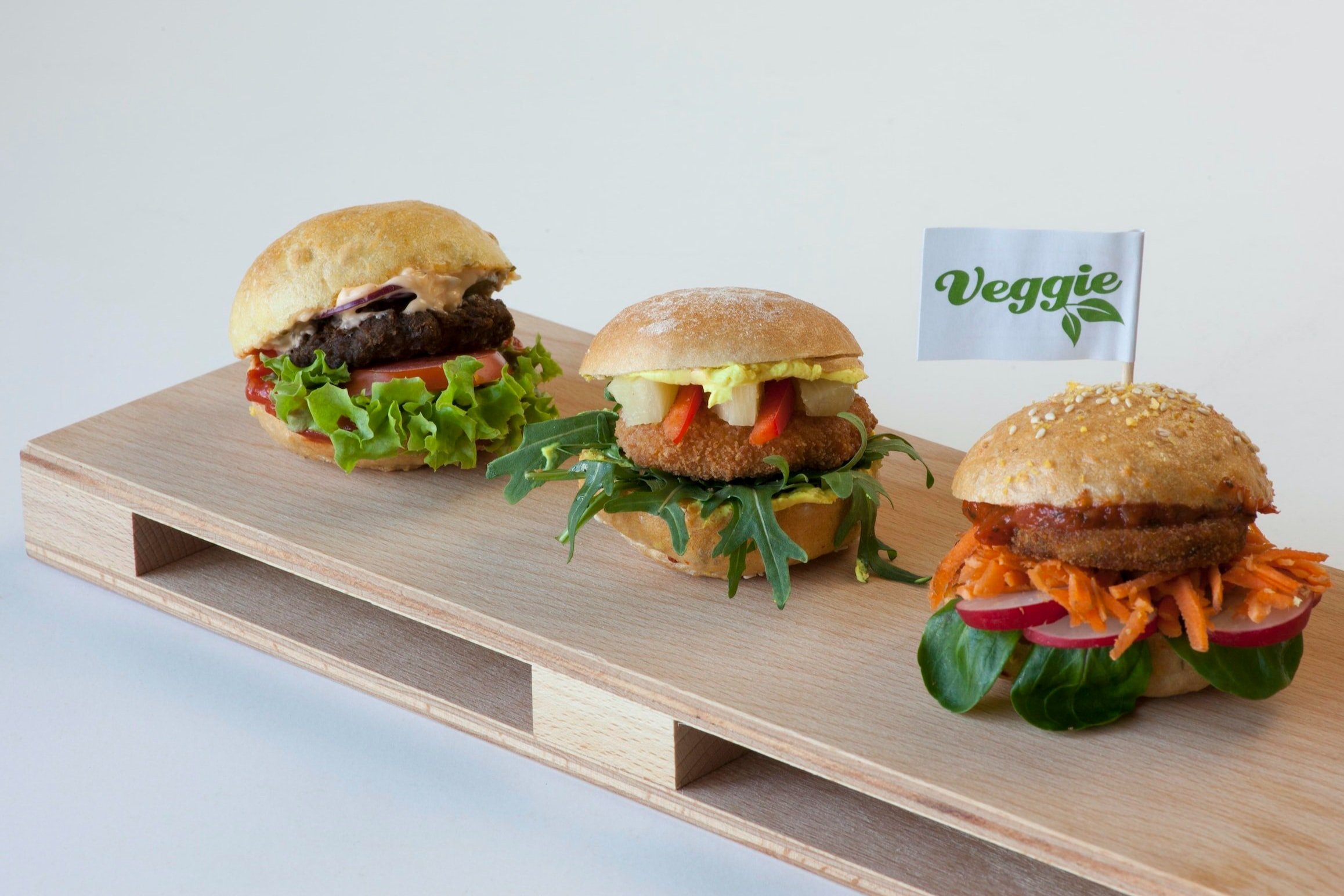How to Incorporate High-Fiber Foods into Your Diet
Are you looking for a way to improve your overall health? One of the best ways to do that is by incorporating high-fiber foods into your diet. High-fiber foods are packed with plenty of benefits including promoting weight loss, aiding digestion, and reducing cholesterol levels. Whether you're an entrepreneur trying to juggle multiple tasks at once, a busy mom managing her family's schedule, or an athlete striving for peak performance - adding high-fiber foods into your diet can help improve your energy levels and give you the nutrition needed for optimal health. This blog post will provide insight into how eating these beneficial foods can fit seamlessly into a well-rounded balanced diet.
Understand the Benefits of High-Fiber Foods - including improved digestion, better blood sugar control, and weight management
High-fiber foods are a crucial component of a healthy diet. Incorporating high-fiber foods into your meals can provide various benefits, including improved digestion, better blood sugar control, and weight management. Dietary fiber helps in regulating bowel movements and keeps you feeling full for longer, helping you avoid overeating. A high-fiber diet can also improve insulin sensitivity, which is beneficial for those with diabetes or at risk of developing it. Incorporating high-fiber foods into your diet can help improve blood sugar levels by slowing down its absorption, which helps you feel fuller longer and prevents spikes in blood sugar. In addition, fiber can help prevent heart disease, reduce cholesterol levels, and lower blood pressure. By making an effort to consume more high-fiber foods, you can reap the many benefits and improve your overall health.
But how much fiber? The National Institutes of Health recommends that adults consume an average of 25 to 30 grams of fiber per day. There are two types of fiber soluble and insoluble fiber. Soluble fiber is a type of fiber that helps slow down the digestion process and can help regulate blood sugar levels. Insoluble fiber helps with digestion by adding bulk to stool and increasing the speed at which food moves through the digestive system. Fiber supplements are also an option for those looking to increase their fiber intake. However, it is best to try and get the majority of your fiber from natural sources as they typically contain more vitamins, minerals, and other nutrients than a supplement.
Find Ways to Add Fiber to Your Diet- from whole grain bread and pasta to legumes, nuts and seeds, fruits, and vegetables
If you're looking to add more fiber to your diet, there are plenty of tasty and nutritious options to choose from. Whole grain bread and pasta are great sources of fiber, as are legumes like chickpeas and lentils. Nuts and seeds also pack a healthy fiber punch, so consider adding some almonds or chia seeds to your meals. And of course, fresh fruit and fresh veggies key sources of fiber, like apples, berries, broccoli, and carrots. Dried fruits, like raisins, dates, and prunes are also great sources of fiber and can be used as a healthy snack or added to salads for extra texture. With a little bit of creativity and experimentation, you can easily find delicious and satisfying ways to boost your fiber intake and support your overall health.
Look for Easy Recipes that Incorporate High-Fiber Foods - meals like veggie burgers or bean burritos are a great way to add fiber to your diet
Eating a balanced diet that is rich in fiber has numerous benefits for your health. Fiber consumption is crucial for maintaining healthy digestion, improving cardiovascular health, and promoting weight loss. However, incorporating high-fiber foods into your diet can seem daunting. The good news is that there are many easy recipes that can help you achieve your fiber goals. For instance, veggie burgers or bean burritos are a tasty and effortless way to add fiber to your meals. By opting for these options, you can make fiber-rich cooking fun and hassle-free while reaping optimal health rewards.
Be Creative with High-Fiber Snacks - from roasted chickpeas, kidney beans to homemade granola bars, there are plenty of delicious snacks that provide enough fiber for the day
When it comes to snacking, it's easy to grab a bag of chips or a candy bar, but those options don't do much for our bodies in terms of nutrition. However, incorporating high-fiber snacks into our diets can provide numerous health benefits. The beauty of high-fiber snacks is that they can be both delicious and filling. For instance, you can make roasted chickpeas by seasoning them with your favorite spices or whip up homemade granola bars that are loaded with oats and nuts. Kidney beans make a great high-fiber snack when they are roasted or spiced and served with vegetables or crackers. These snacks are perfect for on-the-go or as a mid-afternoon pick-me-up. Plus, with the variety of fiber-rich options available, you're sure to find a snack that satisfies both your taste buds and your hunger.
Try New Fiber Sources - including quinoa, brown rice, wild rice, chia seeds, and hemp hearts
Looking to spice up your diet with some new fiber sources? Look no further than quinoa, chia seeds, and hemp hearts. These three superfoods pack a serious nutritional punch and are easy to incorporate into meals. Quinoa is a versatile grain that can be used in salads, stir-fries, or even as a breakfast porridge.
Brown rice is another excellent source of fiber that can be served as a side dish or featured in a variety of recipes. Chia seeds and hemp hearts are also both excellent sources of fiber, adding texture and crunch to salads and smoothies. With so many options available, you'll never run out of ways to get your daily dose of fiber. Wild rice is a nutritious, fiber-rich grain that can be used in a variety of dishes from stir-fries to salads. Chia seeds are great for making pudding, adding to smoothies, or sprinkling over yogurt. Hemp hearts are an excellent source of protein and can be added to baked goods or used as a topping for oatmeal. Don't be afraid to experiment with these new ingredients and see what delicious meals you can create!
Increase Fiber Intake Gradually - increasing too much too quickly can lead to gastrointestinal issues
Increasing your fiber intake is a great way to support your overall health and wellness, but it's important to do so gradually. Jumping from a low-fiber diet to one high in fiber too quickly can lead to some uncomfortable gastrointestinal issues. Instead, aim to slowly increase your fiber intake over the course of a few weeks or even months. This will give your body time to adjust and minimize any digestive discomfort. Adding high-fiber foods like raw vegetables, fresh fruit, seeds, and whole grains to your meals is an easy and delicious way to up your daily fiber intake. So start small and gradually work your way up to a high-fiber diet that will help you feel your best! Be sure to drink plenty of water when increasing your fiber intake, as it can help keep things flowing smoothly. It is important to note that consuming too much fiber can also cause unpleasant digestive side effects, such as gas and bloating. Therefore, it is best to increase your fiber intake gradually to prevent any unwanted symptoms.
Conclusion
By understanding the numerous benefits of high-fiber foods, learning to add more fiber to your diet, and discovering creative recipes and snacks with high-fiber ingredients, you can help support a healthier and more diverse life. Consuming enough fiber is important for many functions in the body and helps reduce disease risk down the line. Adding fiber to your diet doesn't have to be a chore. With some creativity and experimentation, you can easily find delicious and satisfying ways to boost your daily fiber intake. As a final thought, make sure not to overdo it; it’s best to gradually increase one’s dietary fiber intake instead of increasing too much at once since that could lead to gastrointestinal issues. So if you’re looking for ways to get enough daily fiber in your diet, why not try one of our meal plans specifically catered to high-fiber foods? It’s time we all take control of our health and start being mindful of what we put in our bodies - so get started now!







